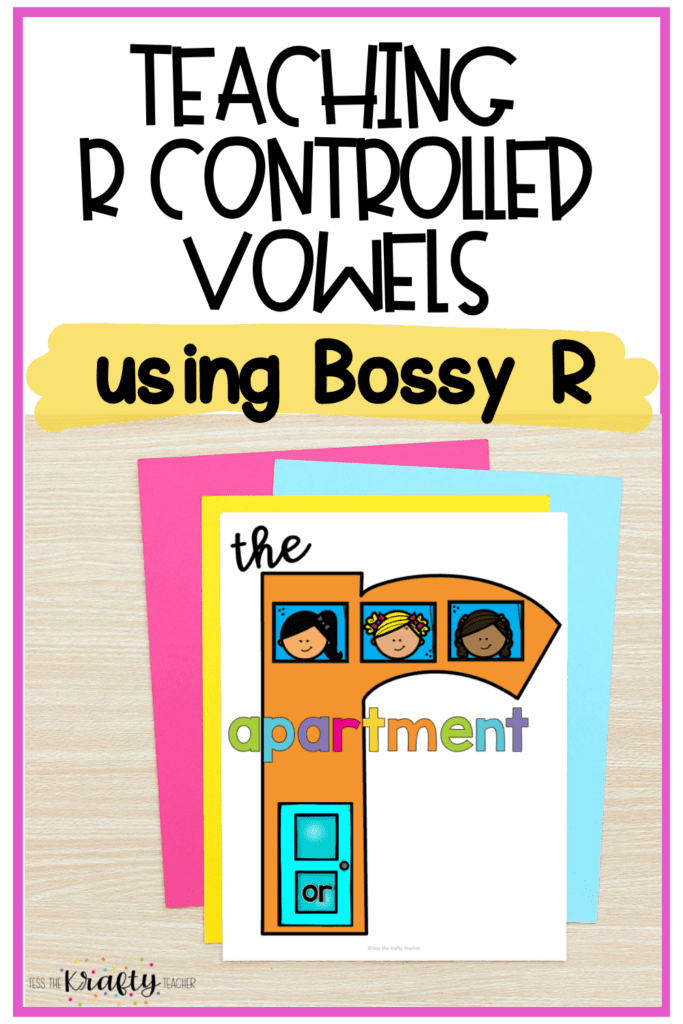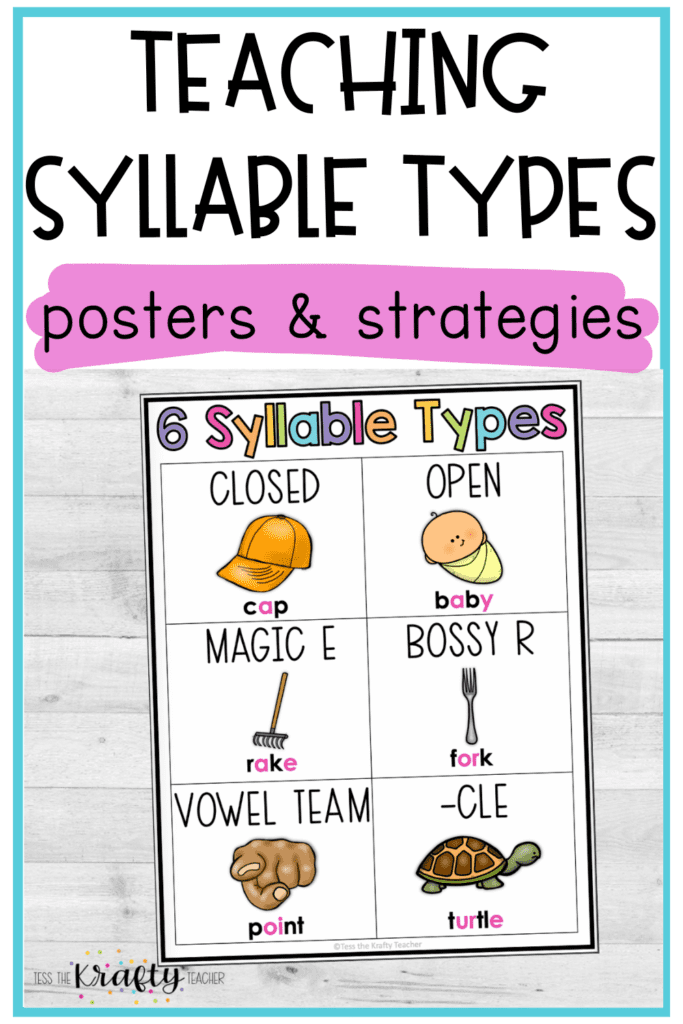After reading this blog post you will know the different sounds that the suffix ed can make and when each sound is made. You might think there’s no way to know or tell but that is incorrect. There are simple ways to figure out which sound it will make. This is what the Science of Reading is all about. Simple rules that make learning to read and spell English easier when taught in a direct, explicit systematic way that follows a scope and sequence.

Three sounds inflectional ending ED can make
The sound “ed” in English can be pronounced differently depending on the context and the preceding sounds. Here are three common sounds of “ed” and the rules governing their pronunciation:
- /t/ sound: The “ed” ending is pronounced as /t/ when the root verb ends in an unvoiced sound (sounds produced without using the vocal cords). Examples include:
- Walked (/wɔkt/): The “ed” ending is pronounced as /t/ because the root verb “walk” ends in a voiceless /k/ sound.
- Hiked (/haɪkt/): The “ed” ending is pronounced as /t/ because the root verb “hike” ends in a voiceless /k/ sound.
First, when the root verb ends in a voiceless consonant sound (/p/, /t/, /k/, /s/, /ʃ/, /f/, /θ/, etc.), the “ed” ending is pronounced as /t/.
- /d/ sound: The “ed” ending is pronounced as /d/ when the root verb ends in a voiced sound (sounds produced with the vocal cords vibrating). Examples include:
- Played (/pleɪd/): The “ed” ending is pronounced as /d/ because the root verb “play” ends in a voiced /l/ sound.
- Buzzed (/bʌzd/): The “ed” ending is pronounced as /d/ because the root verb “buzz” ends in a voiced /z/ sound.
Second, when the root verb ends in a voiced consonant sound (/b/, /d/, /g/, /v/, /z/, /ʒ/, /ð/, etc.), the “ed” ending is pronounced as /d/.
- /ɪd/ sound: The “ed” ending is pronounced as /ɪd/ when the root verb ends in the sounds /t/ or /d/. Examples include:
- Wanted (/ˈwɒntɪd/): The “ed” ending is pronounced as /ɪd/ because the root verb “want” ends in a /t/ sound.
- Needed (/ˈniːdɪd/): The “ed” ending is pronounced as /ɪd/ because the root verb “need” ends in a /d/ sound.
Third, when the root verb ends in the sounds /t/ or /d/, the “ed” ending is pronounced as /ɪd/.
Remember that these rules are general guidelines and there might be some exceptions. However, understanding these rules will help you correctly pronounce the “ed” ending in most regular verbs.
How do I teach the 3 sounds of “ed” to my students?
Teaching the intricacies of “ed” pronunciation to young learners can be an engaging adventure through a combination of interactive tools. You can create an anchor chart with I see ed but I hear… for each of the 3 sounds for students to refer to.

Then continue practice with a pocket chart, displaying a variety of verbs with “ed” endings. Encourage kids to sort these words based on their endings, emphasizing the distinct sounds of /t/, /d/, and /ɪd/.

Next, introduce a lively roll and read activity. Students roll a die and then read the line. This game not only reinforces the rules but adds an element of excitement. To further solidify their understanding, provide practice sheets filled with words that require the application of “ed” rules.
The combination of the pocket chart, roll and read activity, and practice sheets ensures a multi-sensory approach. This manner of teaching will ensure mastery of this skill. To purchase, click any of the pictures to see this unit which includes inflectional endings and open syllables on Teachers Pay Teachers.
PIN FOR LATER






